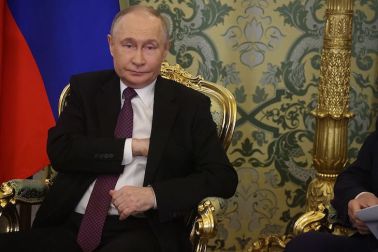If you were to compare Mozart to a bird it wouldn’t be the starling. Possibly the wood thrush or nightingale, with their beautiful, haunting songs; or maybe the lyrebird with its astonishing ear for imitation; or perhaps the composer would find his match in the exotic rarity of the ivory-billed woodpecker or giant ibis. But the common starling? More pest than pet in its adoptive North American home, this ‘ubiquitous, non-native, invasive species’ seems an unlikely fit for a singular prodigy.
So thought the ecophilosopher and naturalist Lyanda Lynn Haupt, when she started work on this book, exploring the composer’s relationship with the bird he bought after hearing it singing one of his piano concertos, and kept as a pet until its death. But, like the darting, circling flight of the starling itself, Haupt’s narrative doesn’t quite take her in the direction she expected. What starts as a contrast between genius and the everyday, singularity and ubiquity, musical sophistication and raw expressive instinct, becomes by the end a twin portrait of two equally extraordinary creatures.
Having alighted on Mozart and his starling as a topic, Haupt quickly comes to a rather unusual conclusion. If she is to ‘truly understand what it meant for Mozart to live with a starling’ she would have herself to welcome a feathery intruder into her home and family. Enter her rescued baby starling, Carmen, heroine of the personal memoir that provides a fascinating improvised counter-melody and descant to Mozart’s official history.
The story of Mozart’s starling (whose name remains unknown, but whom Haupt here nicknames ‘Star’) might have died with the composer had it not been for one page in his pocket notebook. Directly beneath an entry recording the amount paid for Star are scribbled two lines of music.








Comments
Join the debate for just £1 a month
Be part of the conversation with other Spectator readers by getting your first three months for £3.
UNLOCK ACCESS Just £1 a monthAlready a subscriber? Log in